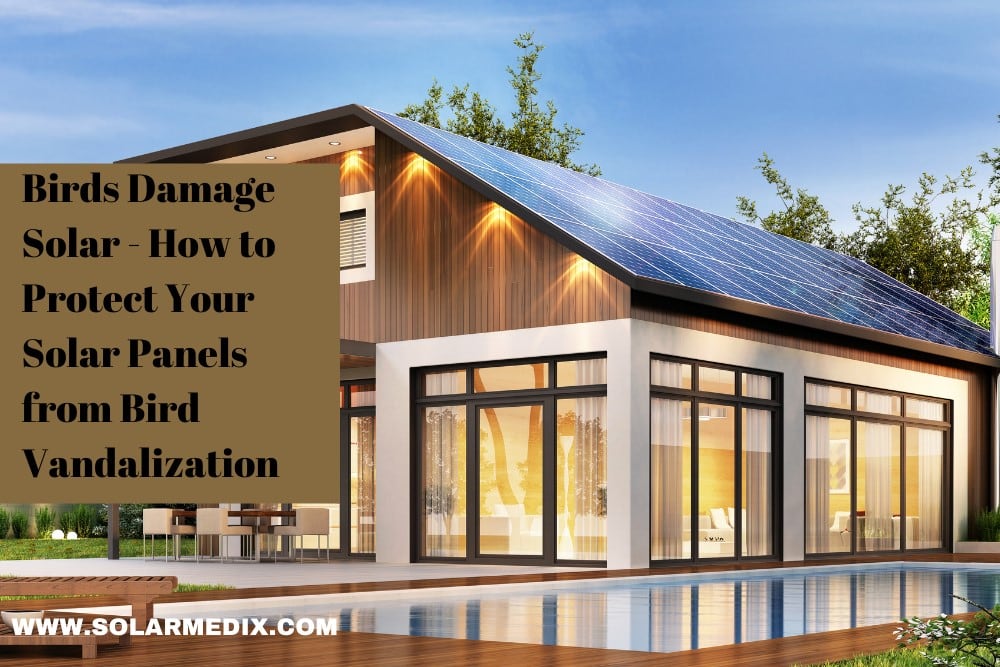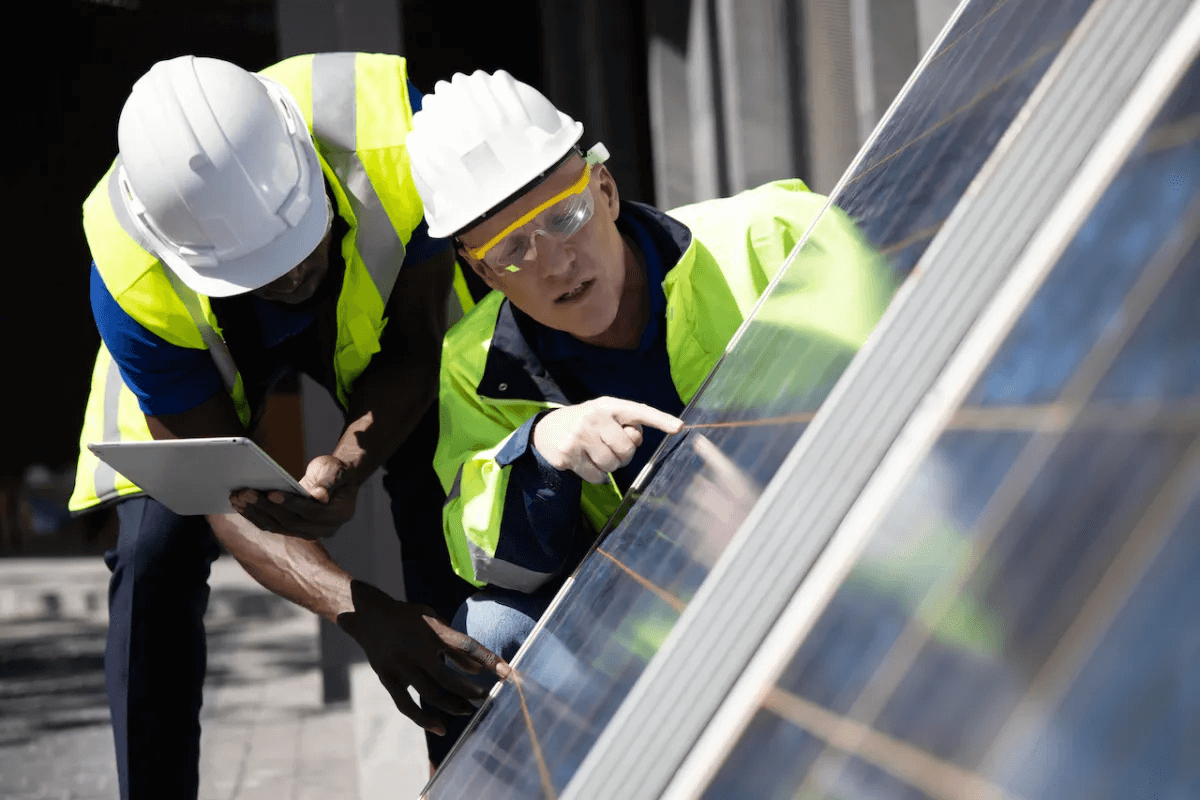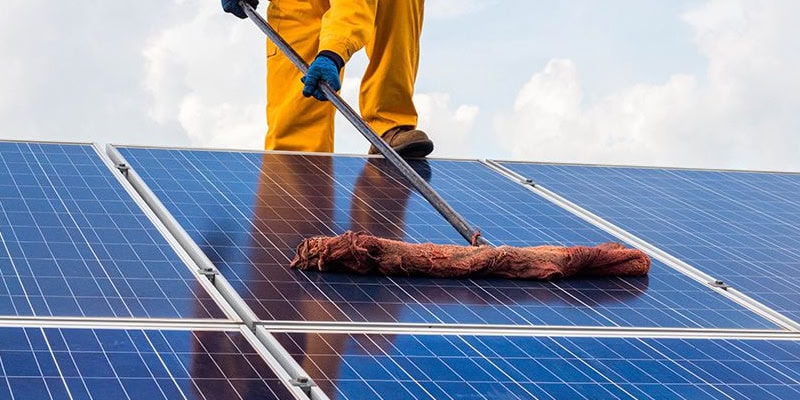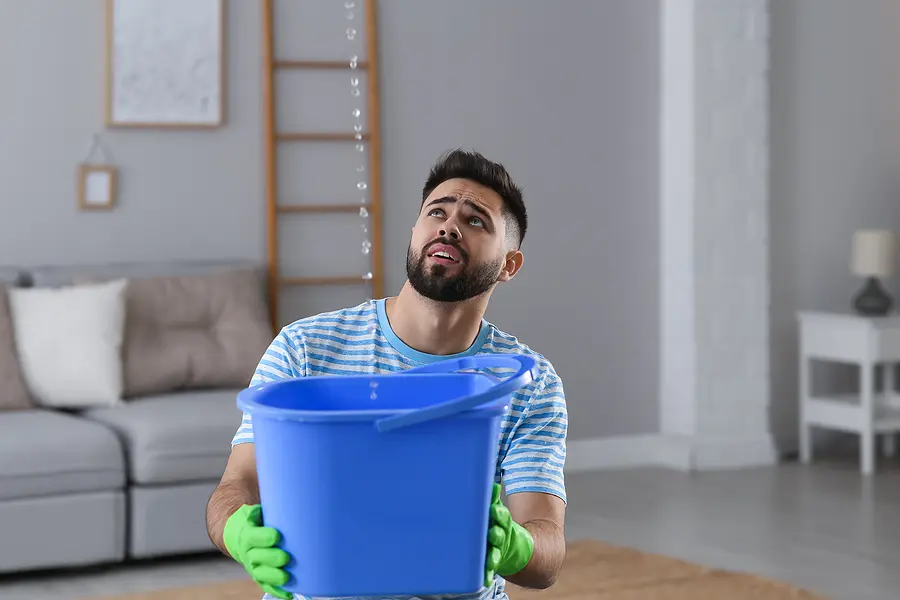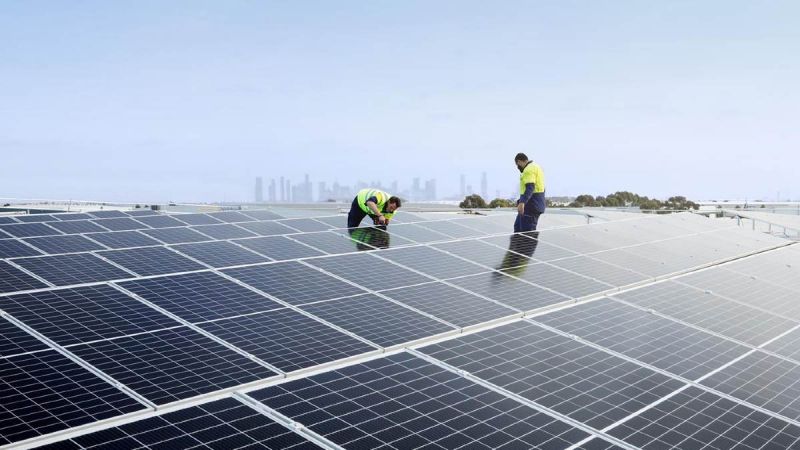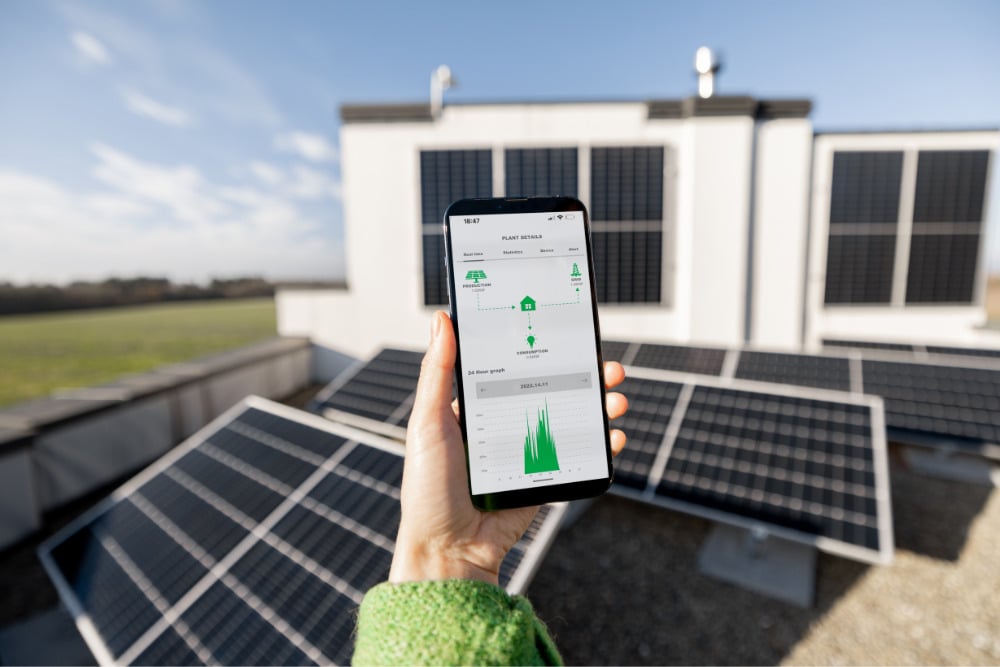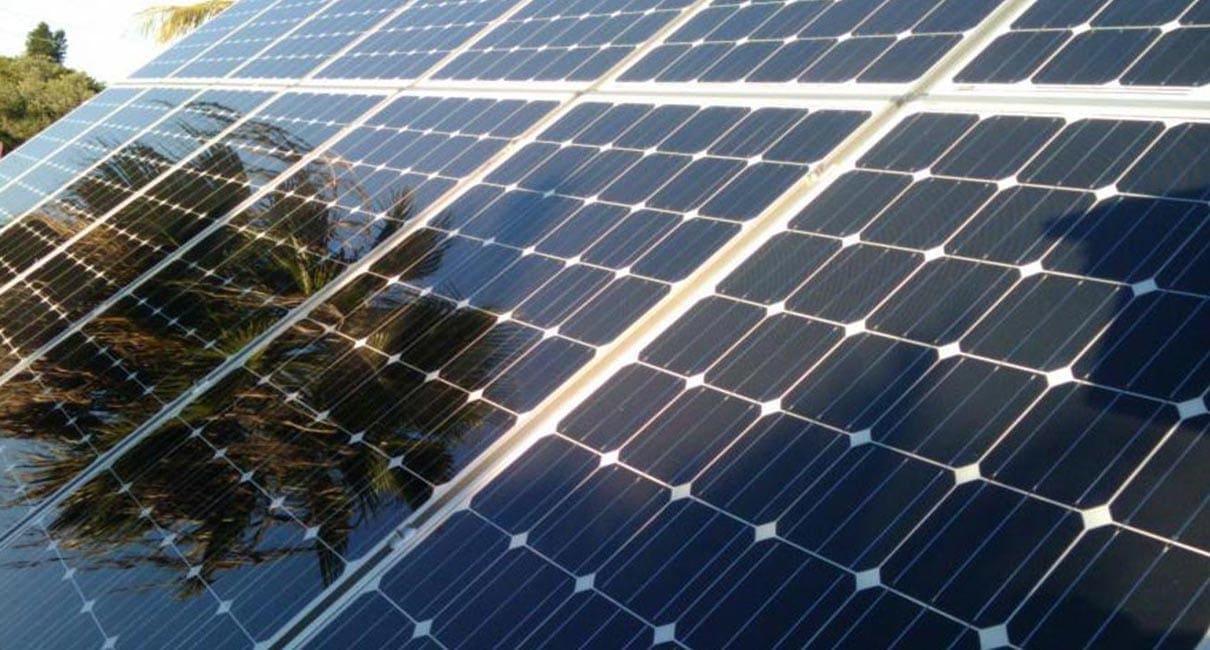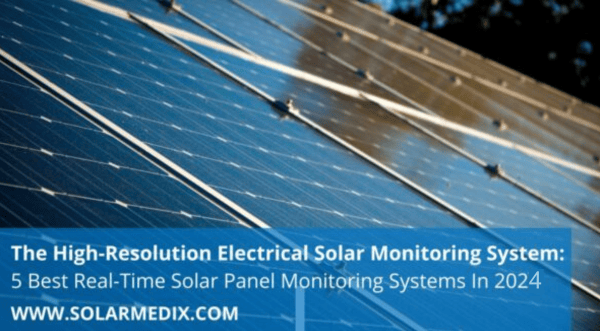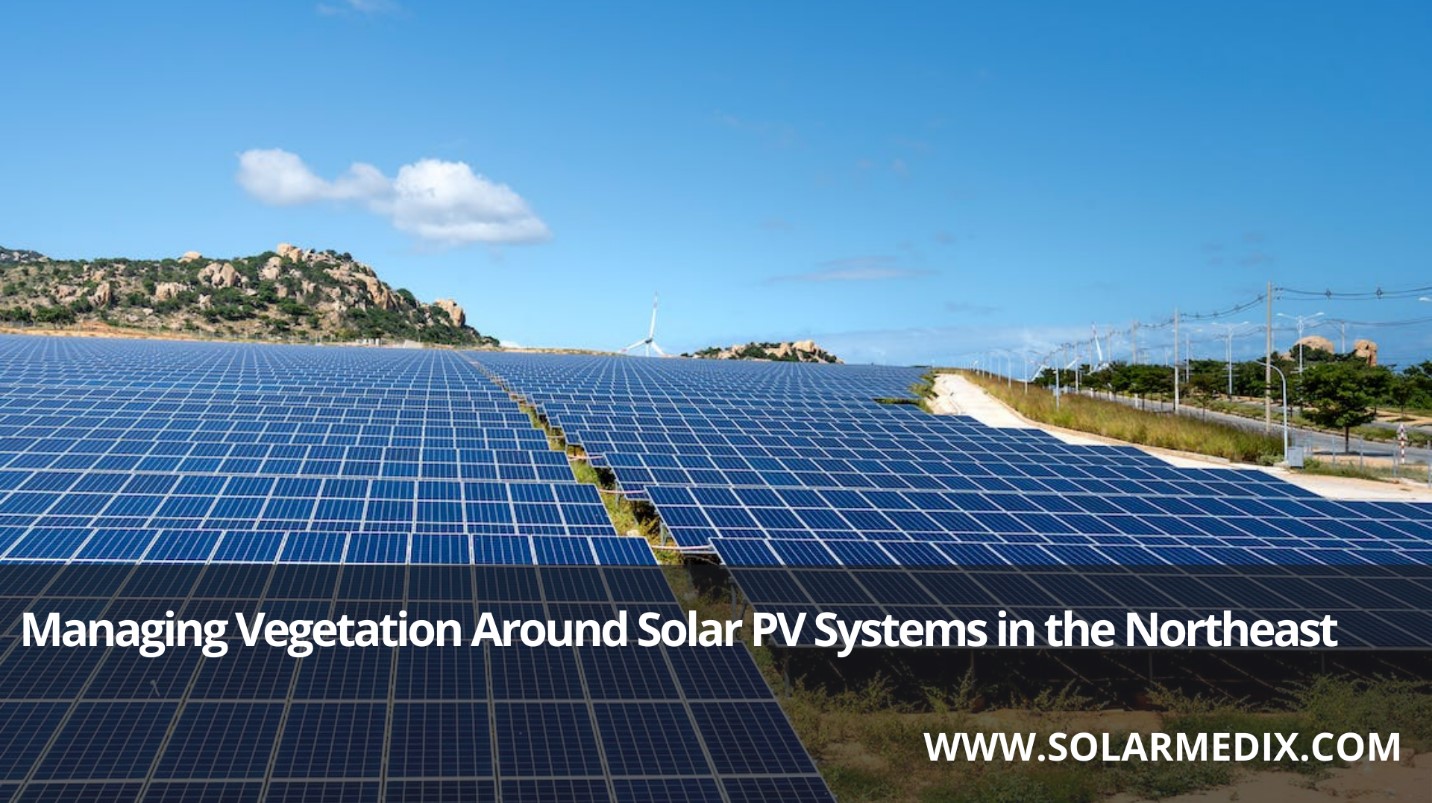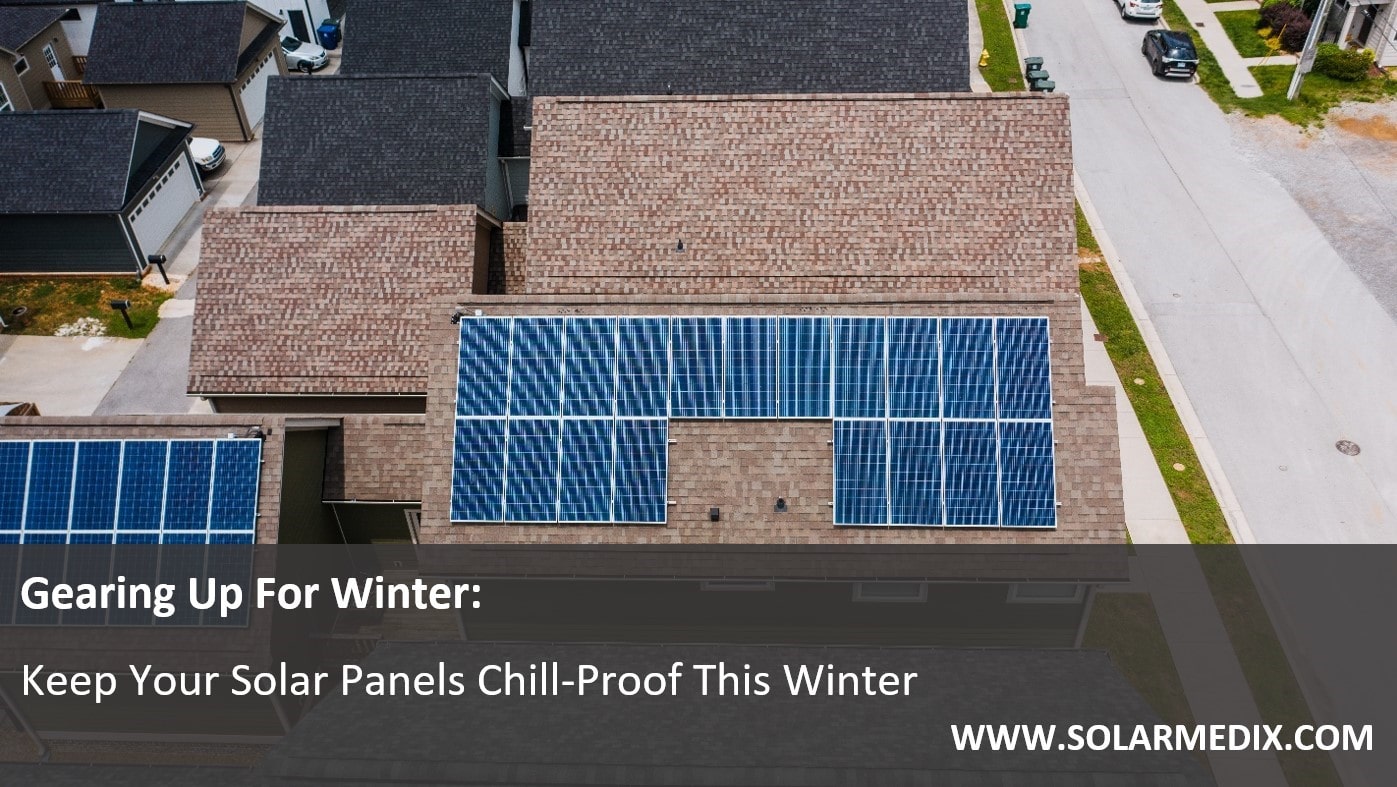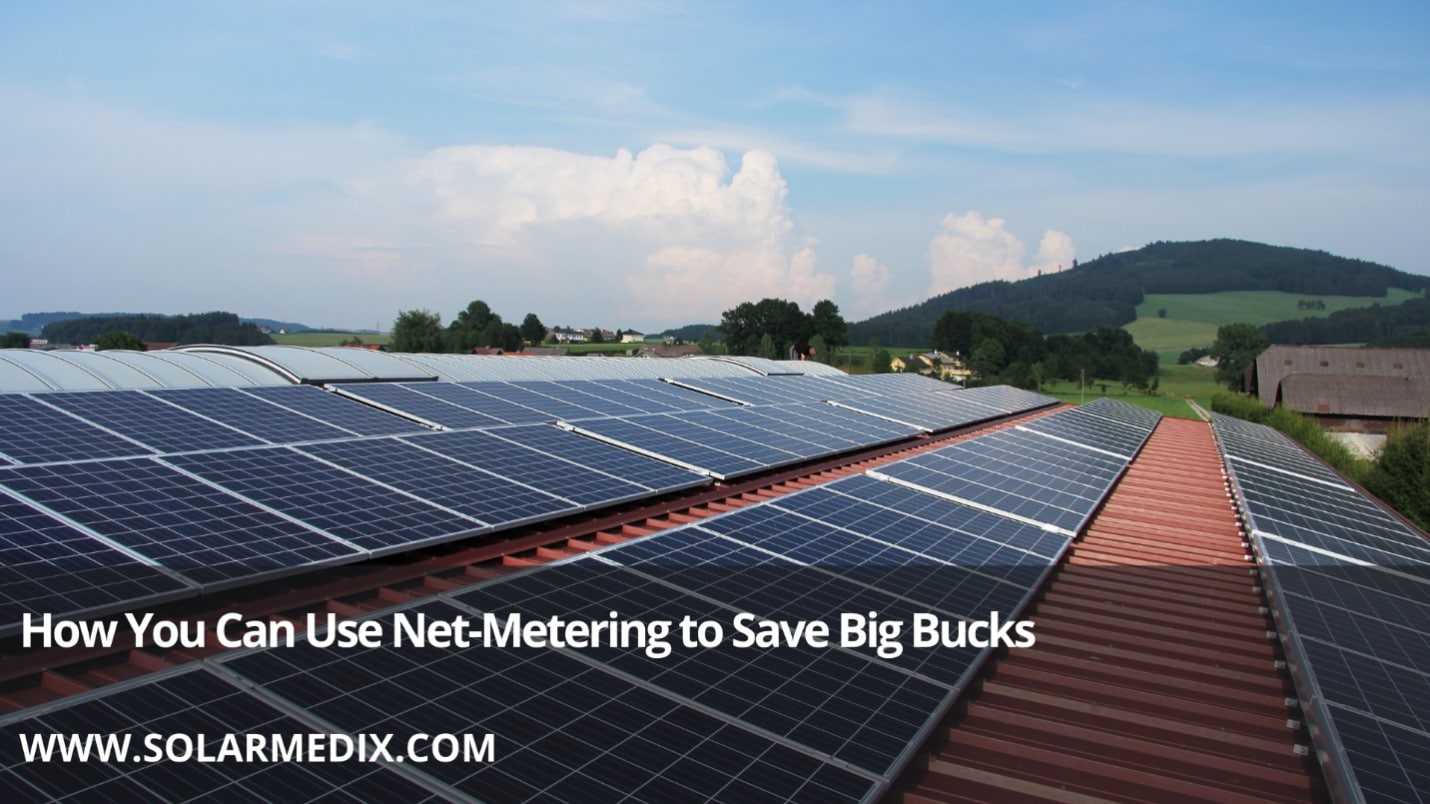Roofs are the ideal place to install solar panel systems. However, roofs are also the preferred place for birds to nest or just stroll around. Sadly, this interaction between birds and your solar panels often ends with solar panels getting damaged. This article will explain how birds can damage your solar panels and how to prevent that from happening.
How Can Birds Damage Solar Panels?
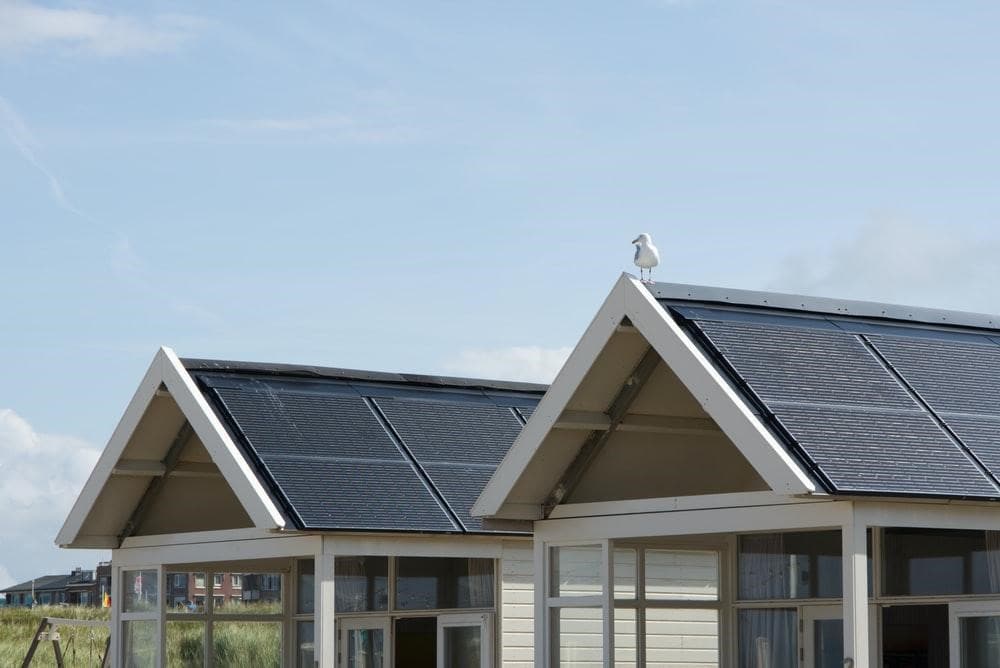
The presence of birds on or around your solar panels can cause a number of problems for your solar system, all of which can collectively reduce the lifespan of your solar panel system by a large margin. However, many people cannot seem to comprehend just how something as small as birds can damage solar panels. Explained below are some of the main problems birds can cause for your system that will clear all your doubts about how birds damage solar panels.
Birds Will Peck on Wiring
Perhaps one of the most annoying habits that birds, especially pigeons, are guilty of is pecking on almost anything they find lying on the ground or your roof. This becomes even more true if that something appears to resemble worms – a bird’s favorite food.
Solar panel systems consist of long lengths of wiring used to interconnect your system’s electrical components. For instance, typical residential solar systems consist of several individual solar panels connected in series or parallel arrangements through the use of wiring in order to form a complete solar array.
Moreover, wiring is also used to connect the solar panels to the junction box and to the inverter as well. The main point of the matter is that a solar panel system has a lot of wiring, which is often easily accessible for birds if they manage to get into the space underneath your solar panels.
On finding these wires, birds and pigeons will likely mistake them for worms and start pecking on them, and this can lead to damaged or broken wiring if done repeatedly. Needless to say, damaged wiring can never be a good thing; exposed electrical wiring can potentially ignite any debris accumulated around it, leading to a fire.
Additionally, as mentioned just above that, a solar array is formed by interconnecting multiple solar panels. Damaged wiring could mean that some of the solar panels may lose their connection to the solar array. This means that one or more of your solar panels will have become deactivated and therefore, you’ll have a fewer number of solar panels working, hence a reduced electrical output.
To compensate for the lower output, you’ll have to rely more on the grid-supplied energy to fulfill your energy requirements resulting in a heftier electric bill.
Bird Droppings Are Acidic and Corrosive
Ever wondered why bird droppings are white? The white part in bird droppings is essentially a thick paste of uric acid, which can have PH levels as low as 3 to 4.5. Acids are corrosive compounds that will react with and corrode away various materials, including metals and most other construction materials.
In fact, birds have widely been credited for damaging and decaying buildings and monuments because of their acidic droppings. Knowing this, one can begin to understand how bird droppings can damage solar panels. The acid contained in these unsightly excretions will gradually corrode and eat away at the metallic structures of your solar panel systems, such as the panel frames, mountings, as well as any joints and bolts.
It is worth knowing that this process will take years to show effect, but nevertheless, it will make a noticeable dent in your system’s lifespan and will warrant early repairs. Damaged and broken panel frames can leave an opening for moisture and dust to make their way inside your solar panels and damage your solar cells, thereby reducing the performance of your panels.
Furthermore, loosening of mountings and joints due to corrosive bird droppings means your solar panels won’t be securely fastened to the roof anymore and may get damaged by high-speed winds. Solar panels are almost rigid structures; if they’re not securely fixed to the roof, high-speed winds may force them into bending slightly, inducing mechanical stresses within them, which, in turn, could lead to the top glass layer of the panels fracturing.
Do note that this is an extreme case scenario but is nonetheless quite possible. Moving on, the corrosive bird droppings can also eat through the solar cables that interconnect your solar components, and as we have discussed just above, this can lead to a variety of troubles for your solar panels.
Birds Can Scratch Up the Top Glass Layer
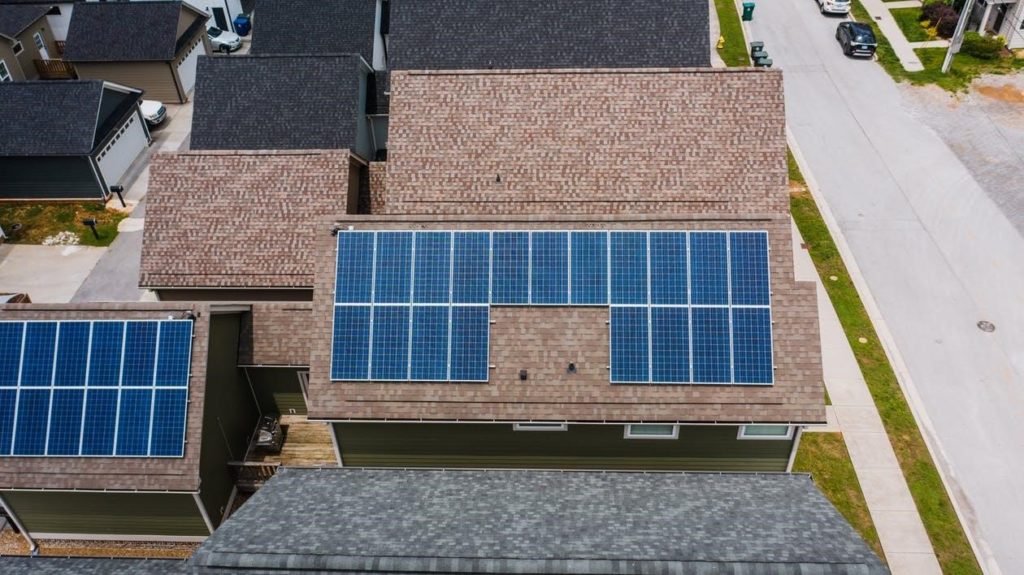
The top glass layer of solar panels is made of tempered or toughened glass that is especially used to protect the sensitive internal components of the solar panel, such as solar cells.
As such, among the many attributes of this top glass layer, strength and durability are one of the most important ones. In fact, tempered glass can be up to four times as strong as ordinary glass. However, this does not mean that the top glass layer is indestructible. While birds may not be strong enough to break the glass, their sharp claws and talons can certainly scratch up the surface of the glass.
Solar panels work by using the underlying solar cells to convert the solar radiation of the sun into electrical energy. This means that the function of solar panels depends on how much solar energy is transmitted through the top glass layer to the underlying solar cells.
However, any scratches on the top glass layer will lead to the dispersion of the incident solar radiation. Consequently, less solar radiation will be able to reach the solar cells and so the output of your panels will observe a noticeable fall.
Furthermore, the top glass layers have a thin antireflection coating on them to minimize the reflection of sunlight and maximize its transmission. Bird claws can scratch off this coating leading to more reflection and less transmission, which again means less electrical output.
Birds Droppings Can Cause Hotspots and Lost Performance
Hotspots are brownish burnt marks caused by localized regions of high temperature, which could be a consequence of various factors, one of which is the partial shading of solar panels. When the top of your solar panels gets covered in bird droppings, some of the underlying solar cells no longer receive any sunlight as the droppings are blocking it out and therefore have become inactive and do not generate any power.
This leads to a reduced electrical output but can also be responsible for a more dire problem – hotspots. Due to partial shading, the current is flowing through only some of the cells as the rest are inactive; this can pave the way for overheating of the active cells resulting in brown stains on the top glass.
Hotspots most likely indicate that your solar cells have become damaged. If not repaired immediately, this overheating could possibly turn into a fire.
How to Prevent Birds from Damaging Solar Panels
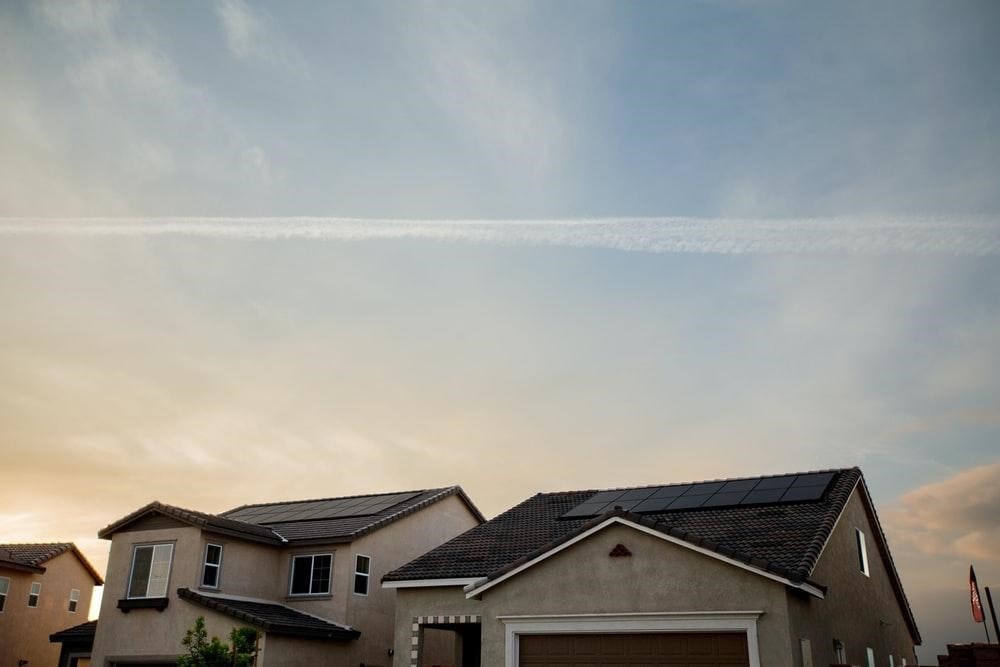
Now that you understand how birds damage solar panels, let’s talk about what steps you can take to make sure this does not happen.
Maintain Your System
First and foremost, in order to prevent birds from damaging your solar panels, you need to prevent them from sitting, feeding, and certainly nesting near or in the space beneath them. To do this, you need to practice regular maintenance procedures and cleaning of your solar panels to ensure that birds haven’t been bringing their food onto your roof or are in the midst of building their nest here.
If you find any indications of such, promptly clear them away; doing this, again and again, will eventually discourage birds from returning to your roof. Also, routine cleanups will enable you to wipe away any bird droppings on your system before permanent damage is done.
Invest in Plastic Predators
Placing a faux owl or eagle on the roof with a head that can spin in the breeze can be a very effective bird and pest deterrent.
For a bit more investment, you could opt for automated predators, which are a superior option. They can imitate a few real-life actions, such as turning their heads or making sounds and hence would do an even better job of scaring birds and pigeons away from your roof. Combining plastic or automated predators with other proofing methods would provide a more thorough proofing technique.
However, if you don’t change the position of the plastic predator from time to time, birds will eventually detect that they’re fake. So, keep moving around your plastic predators every now and then.
Install Wire Mesh
The space between your roof and the solar panels is a safe and readily available area that is just the right size to be accessible to birds while inaccessible to larger predators such as cats. That is why birds find this space ideal for their nesting grounds, where they, their younglings, and their food will be safe from hungry predators.
But as we have established above, we don’t want birds to be anywhere near our roof-mounted solar panels, let alone nest beneath them, for the sake of protecting the solar panels. Installing wire mesh is one of the most viable and effective methods for bird-proofing this space between your roof and solar panels.
Generally, it’s a metal meshing that attaches directly to the solar panels and runs around the system’s perimeter, effectively closing off the area beneath the panels. The best thing about the mesh is that it allows air to pass through, ensuring that critical ventilation is maintained and your system does not overheat.
Given that wire mesh is not a costly solution, if you’re in need of something more affordable, bird netting will do the job but with slightly dialed down weather resistance.
Install Anti-Roosting Spikes
Anti-roosting spikes are another great method for preventing birds from damaging your solar panels. This method works by laying rows of blunt spikes made of metal on your roof. The anti-roosting spikes make it difficult for birds to get a good foothold on your roof, making it uncomfortable and pointless for them to roam or even land on your roof, deterring them from doing so.
Many people consider anti-roosting spikes to be a slightly aggressive solution for keeping birds away. However, deterrence comes from a lack of accessibility and not from pain. Rook spikes are remarkably effective in deterring birds, even more so when paired with wire mesh.
However, anti-roosting spikes are unsightly and can detract from the overall appearance of your home. They also make it riskier for you to climb onto your roof since the thin metal spikes could potentially wound you.
Frequently Asked Questions (FAQs)
How Do I Protect My Solar Panels from Birds?
You can protect your solar panels from birds by:
- Regularly cleaning your solar panels
- Placing fake predators
- Installing wire mesh or bird netting
- Installing anti-roosting spikes
More information about these solutions is provided above!
Can Squirrels Damage Solar Panels?
Yes! Squirrels and birds can damage solar panels. To learn how to avoid this, give the above sections a read.
Are Birds Attracted to Solar Panels?
Yes, birds are attracted to the sheltered space they provide along with the warmth they emanate, making them an ideal space for nesting.
Can Acorns Damage Solar Panels?
Acorns can damage solar panels by cracking their top glass surface. If an entire branch were to fall, it could even completely shatter the entire solar panel. So, make sure to keep away any tree branches for your panels.
Do Rats Live Under Solar Panels?
Rats as well as other rodents such as squirrels, like to nest under solar panels. But we would recommend preventing them from doing so to avoid any damage to your solar system.
Can Birds Damage Solar Panels – Final Thoughts
Now that we know that birds can damage solar panels, a solar owner must take immediate action to prevent this from happening. Failure to do so could result in the shortening of your system’s lifespan as well as a significant dip in performance. Having said that, implementing the preventative measures explained above should help you safeguard your solar panels from birds.
The team at Solar Medix is ready to answer your questions and give you a no-obligation price quote. Feel free to call us at 732-785-4814 or book a consultation online. And we’ll get in touch within 24 hours.
